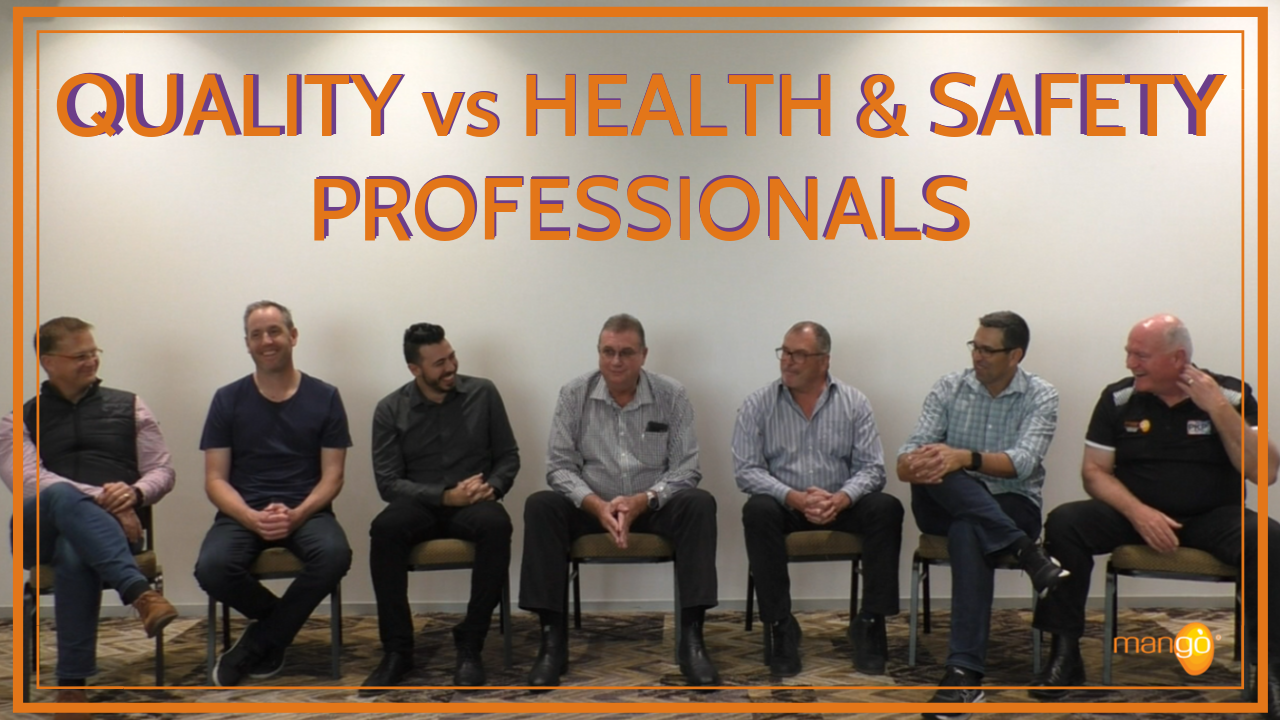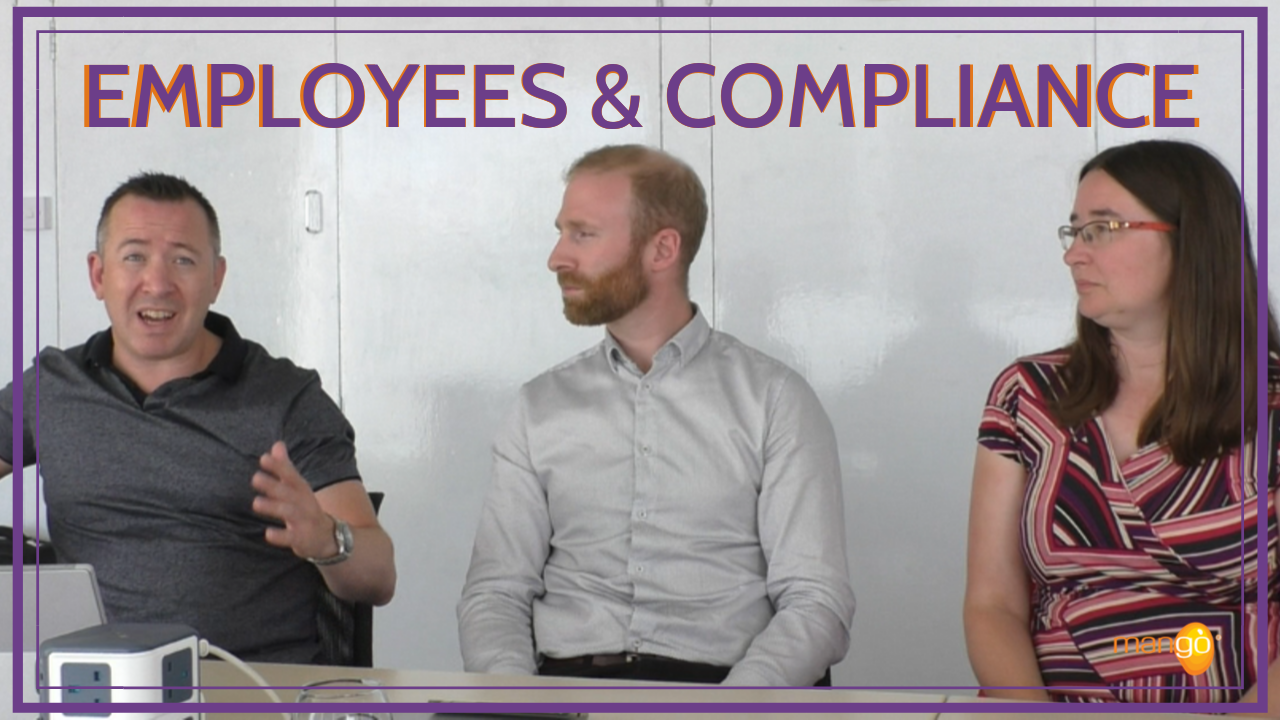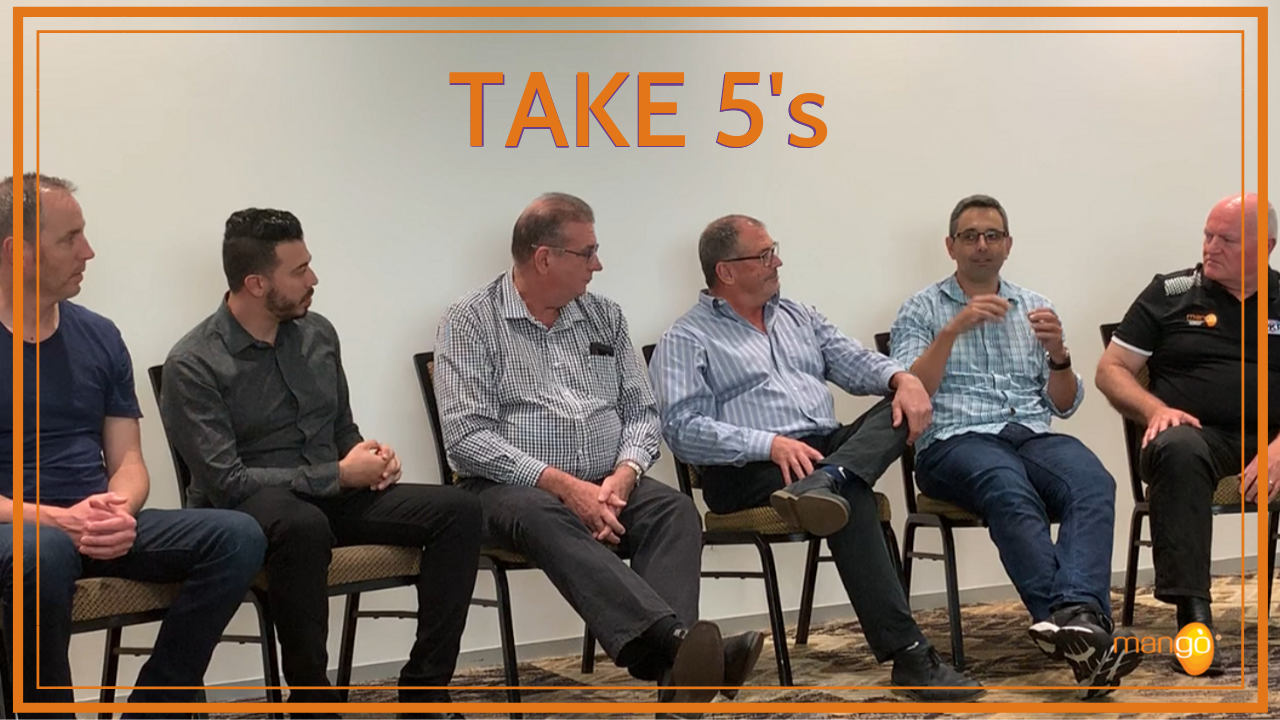How to get more - much more - out of your internal audits
To help fight evil, Batman has his grappling hook and the Batmobile; Wonder Woman has her Lasso of Truth and an invisible aeroplane; and Spiderman has his powerful web-shooters.
Here in the real world, as a QHSE professional you also try to do good, important work. Granted, you probably (and hopefully) don’t have the flashy tights or the tortured backstory, but you do have a powerful weapon of your own …
The much-maligned, oft-ignored and woefully underestimated internal audit.
Unlocking the true power of internal audits
Unfortunately, the internal audit is often a single piece of paper, covered in check boxes, filled in with a heavy sigh and revealing little.
It shouldn’t be this way. It can’t be this way. Not if you want your organisation to thrive and grow and be as close to spectacular as possible.
No-one would pick up Wonder Woman’s lasso and think, wow this will be good for securing my next trailer-load of garden waste to the car. Sure, the lasso will get the job done, but it can do so much more than that.
And so it is with internal audits. If you do them even in a cursory way once a year, you’ll probably meet the standard. But how much better would it be to see internal audits for what they really are – a fantastic opportunity to take a good, hard look at what is going on in your business?
There are two areas on which to focus when internal auditing. The first area involves straightforward issues such as calibration and certificates on walls. By all means do these annually and use checklists and closed questions. Easy.
The second area – internal audits of your core organisational processes – whilst much more challenging, is also where the big returns will be found.
This is when you will spot waste, double-ups, communication problems, training issues, and large and small opportunities for improvement. Addressing these issues on a regular basis will make your business hum.
So how do you get the best out of an internal audit of your core organisational processes?
Follow these simple tips and you won't go far wrong:
- Carry out an audit every six months
This may sound like a lot, but leave these big issues to an annual audit and your organisation will have potentially wasted a lot of time, energy and money on the wrong things.
- Choose your auditors carefully
Choose personable, customer-focussed people who are knowledgeable about the business. They need to be good listeners and able to think on their feet. They need to be people who are on to it.
- Don’t use a checklist
Audits of core organisational processes require that people open up to the auditor. They also require that everyone thinks deeply about their work and what they see going on around them. Checklists (which originally began life as simple memory joggers) are like kryptonite to this kind of feedback. There is no place for them here. Instead, just ask questions, listen and record evidence, then later review the findings against the procedure.
- Make the audit a conversation, not an inquisition
Invite people to have a coffee with you. Get comfortable. Make it a positive experience. Take a leaf out of Deming’s Principles of Transformation: “The greatest waste… is failure to use the abilities of people… to learn about their frustration and about the contributions they are eager to make”.
- Give your auditors t-shirts emblazoned with “I am auditing the system, not the person”.
Okay, not really, but it is vital that everyone involved understands that there is no blame and no shame. It is the system under scrutiny, not the people.
- Have auditors present scenarios using open-ended questions
What happens when such-and-such occurs? Why is it done that way? How could it be done better? As Deming said, the emphasis should be on why we do a job.
- Rants mean that you have hit systems pay-dirt
If a staff member is comfortable with the audit there may come a time when they start ranting about things that have been frustrating them. This is a great moment in an auditor’s day. Enjoy it.
- No audit should take longer than 60 minutes
If the auditor finds too many issues, stop the audit and raise a non-conformance instead. You have uncovered something significant, so it’s time to kick-off the non-conformance process.
- Give feedback
It’s not always easy for management to hear feedback about system failures, frustrations and shortcomings. But it is the most important thing you can do as a QHSE professional. I have seen organisations with enormous potential and loads of employee and customer goodwill fade and fail because they couldn’t bear (or bother) to front up and ask the people in the middle of it all where are we failing? What are we doing wrong? What problems can you see? How can we do better?
The takeaway
Spiderman knew that with great power comes great responsibility. As a QHSE professional, whilst you might not get to play dress-ups at work, you do get to ask the important questions. Make sure you do (often) and with the internal audit as your trusty ‘weapon’.
.png?width=200&height=51&name=image%20(2).png)




